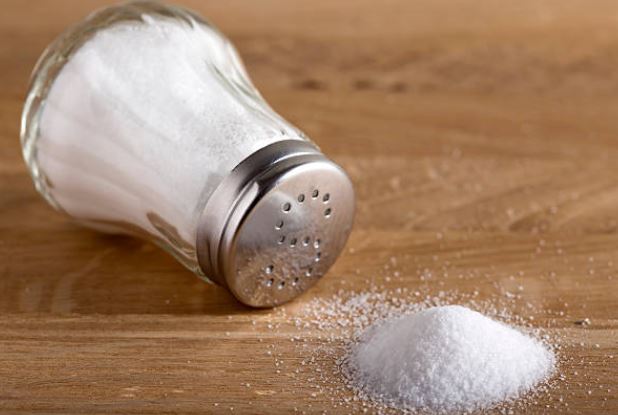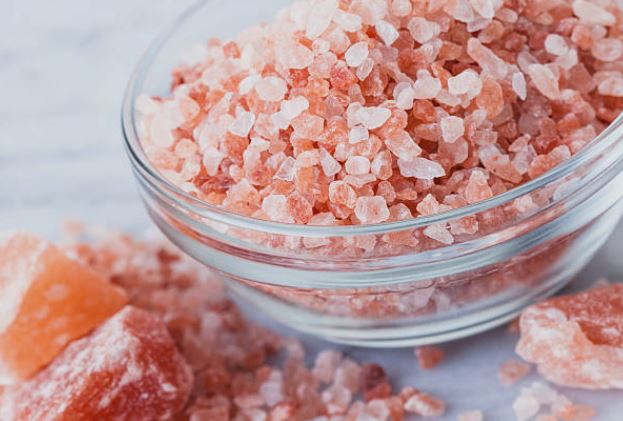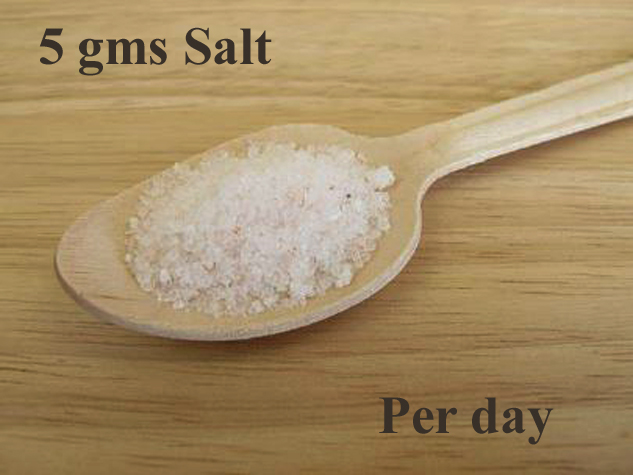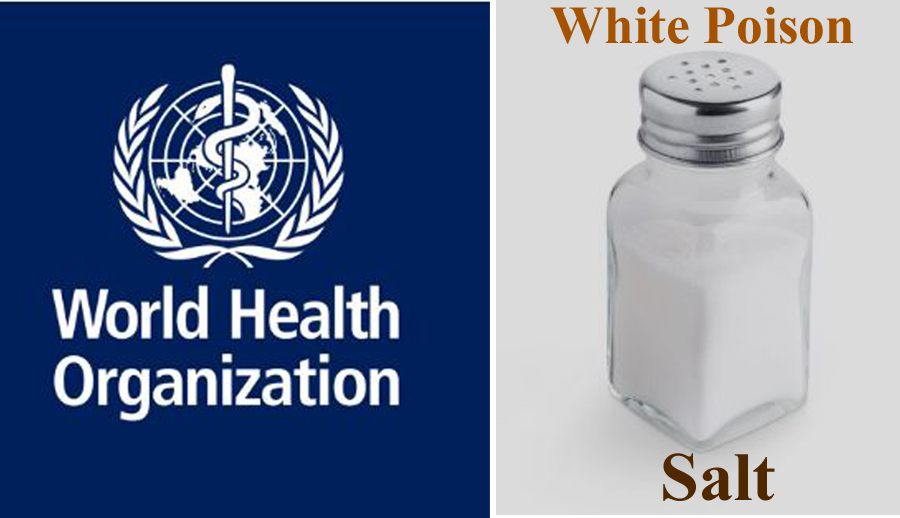WHO has warned that white poison is salt!
What is the best type of salt for health? Experts explain after WHO declared white salt as poison.
Rock Salt vs White Salt: We consume salt daily, but do you know which type of salt is better for your health?
What does the WHO report say?
According to a recent report by the World Health Organization (WHO) in observance of World Salt Awareness Week, consuming too much salt can lead to diseases that may cause the death of around 7 million people in the next 7 years. Therefore, it is recommended that people reduce their salt intake by 30% by 2030 to avoid these deadly diseases. Failure to do so may lead to severe health consequences.
Rock Salt vs White Salt: Salt is an important component of our diet that adds flavor to food, but excessive consumption of it can lead to many health problems such as obesity, swelling, and much more. Additionally, consuming too much salt can cause high blood pressure, heart disease, and stroke. Eating too much salt can cause a calcium deficiency in your body, which weakens your bones. Those who consume a lot of salt suffer from water retention and appear bloated. Several studies have linked excessive salt consumption to stomach cancer.
However, you should limit your daily intake of salt, and you should also pay attention to which type of salt is better. Most of us use table salt (white salt) daily, but many people believe that rock salt is a healthier option.

Table salt is a white or colorless powder that we use in our food. On the other hand, sea salt appears pink in color and is not as fine, as typically found in crystals. It is also known as Himalayan salt and is a mineral form of sodium chloride. Table salt is treated with additives and chemicals such as anti-caking agents and refined to remove impurities. Sea salt, on the other hand, does not go through this process.
Table Salt vs Rock Salt: Understanding the Differences and Benefits for a Healthy Lifestyle:
The Expert explains that typically available table salt, also known as sea salt, is rich in iodine. On the other hand, pink rocks found in the Himalayas are ground to prepare rock salt or “sendha namak”. One teaspoon of table salt contains 2360 milligrams of sodium, while one teaspoon of rock salt contains 1680 milligrams of sodium. Iodized salt has one-third less sodium compared to rock salt. For a healthy lifestyle, one needs to consume 140 micrograms of iodine per day.

The Expert also explains that the plain salt we use, which we call iodized salt, contains iodine, whereas rock salt does not contain iodine. There is no difference in the amount of salt between the two, and the taste of salt is due to iodine. People think that rock salt with less iodine will be less harmful, while iodized salt with more iodine will be more harmful. However, this is not true, as iodine is essential for our thyroid gland. A deficiency of iodine can lead to a disease called goiter.
Excessive consumption of rock salt is leading to an increase in diseases:
According to Expert, people started consuming rock salt believing it to be beneficial for blood pressure. However, its excessive consumption has led to doctors detecting hyperthyroidism, i.e. thyroid function disease. In addition to this, consuming too much salt can lead to various other diseases such as heart disease, kidney disease, brain-related diseases, or stroke. However, primarily, consuming salt leads to an increase in blood pressure.
WHO recommends consuming no more than 5 grams of salt per day. According to Dr. Francesco Branca, Director of the Nutrition Department for Health and Development at the World Health Organization in Geneva, most of us are consuming far too much salt. “WHO recommends not consuming more than 5 grams of salt per day, which is about half of the food that is typically eaten by people around the world.”

Recommended Salt Intake and Usage for a Healthy Heart:
The American Heart Association recommends that the recommended daily intake of sodium is no more than 1500 milligrams per day. Once you have successfully controlled this amount, you can use any salt that enhances your taste and switch between them from time to time.

Expert recommends using iodized salt while cooking. Rock salt should be used in fruits and salads. One problem with rock salt is that it doesn’t give a taste, so people tend to consume it in large quantities. Sodium chloride increases blood pressure, not iodine. People should use rock salt in moderation, as using it in excessive amounts can be harmful.
Read Also: WHY IS HEART DISEASE INCREASING IN YOUNGSTERS?
To know more about it: Click here









